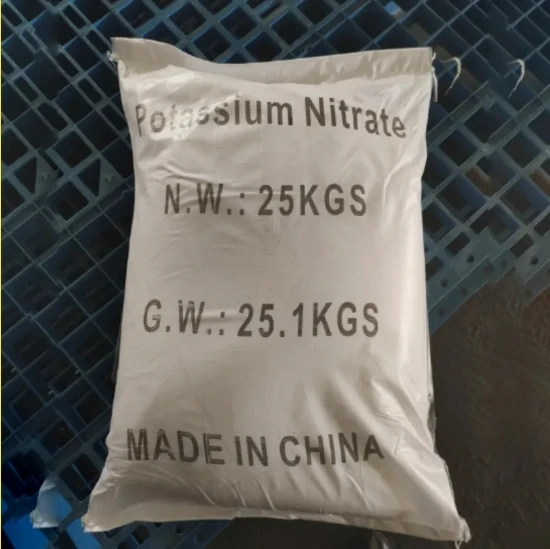
polar aprotic solvents sn2
Polar Aprotic Solvents and Their Role in SN2 Reactions
In the realm of organic chemistry, understanding reaction mechanisms is paramount for predicting outcomes and designing synthetic pathways. One common type of nucleophilic substitution reaction is the bimolecular nucleophilic substitution, or SN2 reaction. The efficiency and outcome of these reactions can be significantly influenced by the choice of solvent, particularly when utilizing polar aprotic solvents.
What are Polar Aprotic Solvents?
Polar aprotic solvents are a class of solvents characterized by their high dielectric constants and the absence of acidic hydrogen atoms that can form hydrogen bonds. Unlike protic solvents, such as water or alcohols, polar aprotic solvents do not contain O-H or N-H bonds. Instead, they feature polar bonds that can stabilize charged species through dipole interactions, without donating protons. Common examples of polar aprotic solvents include dimethyl sulfoxide (DMSO), acetone, and acetonitrile.
Mechanistic Insights into SN2 Reactions
SN2 reactions proceed through a single, concerted step where the nucleophile attacks the electrophilic carbon atom leading to the displacement of the leaving group. The reaction involves a transition state where the nucleophile, substrate, and leaving group are all partially bonded. The rate of an SN2 reaction is dependent on both the concentration of the nucleophile and the substrate, giving it a second-order kinetics.
The choice of solvent heavily influences the nucleophilicity of the participating nucleophiles. In polar aprotic solvents, the solvent molecules surround the nucleophile, providing stabilization through dipolar interactions while allowing the nucleophile to remain relatively free. This contrasts with protic solvents, where the nucleophile may become significantly solvated and thus, less reactive due to strong solvent-nucleophile interactions.
Advantages of Using Polar Aprotic Solvents
polar aprotic solvents sn2

1. Increased Nucleophilicity Polar aprotic solvents enhance the nucleophilicity of anions because they allow the nucleophile to retain its charge density. In such solvents, strong nucleophiles, such as alkoxides or halides, remain unencumbered by solvation shells that would otherwise reduce their reactivity.
2. Efficient Reaction Rates The use of polar aprotic solvents typically results in faster reaction rates for SN2 reactions. The low viscosity and high polar character of these solvents allow for better diffusion of reacting species, which can lead to increased molecular collisions and thus, higher reaction rates.
3. Minimal Proton Transfer Since polar aprotic solvents lack acidic hydrogen atoms, they do not engage in proton transfer reactions that might complicate the reaction pathway or lead to side reactions. This purity allows for a clearer mechanism and minimizes the chances of undesired outcomes.
Applications in Synthesis
Polar aprotic solvents are crucial in various synthetic applications where SN2 reactions are employed. For instance, in the synthesis of pharmaceuticals and agrochemicals, many nucleophilic substitutions are performed in polar aprotic solvents to achieve high yields and purities. The choice of solvent can dictate the scale and feasibility of chemical processes in both academic and industrial laboratories.
Conclusion
In summary, polar aprotic solvents play a pivotal role in facilitating SN2 reactions by enhancing nucleophilicity and improving reaction rates while minimizing side reactions. Their ability to stabilize nucleophiles without extensive solvation makes them an invaluable tool in organic synthesis. As researchers continue to explore new synthetic methodologies, the understanding of solvent effects, particularly the role of polar aprotic solvents, will remain critical for optimizing chemical reactions and advancing the field of organic chemistry.
-
Aluminum Hydroxide: Quality Gels & Dried Gel AntacidNewsAug.31,2025
-
Buy High-Quality Trichloroisocyanuric Acid for Sale | TCCA 90% SupplierNewsAug.30,2025
-
Pure Sodium Dichloroisocyanurate Dihydrate | Powerful DisinfectantNewsAug.29,2025
-
Industrial Chemicals: Quality & Purity for Every IndustryNewsAug.28,2025
-
Nitrile Rubber Honoring Strict Production StandardsNewsAug.22,2025
-
Aspartame Ingredients Honoring Food Safety ValuesNewsAug.22,2025
-
Fertilizer for Balanced Plant NutritionNewsAug.22,2025
Hebei Tenger Chemical Technology Co., Ltd. focuses on the chemical industry and is committed to the export service of chemical raw materials.
-

view more DiethanolisopropanolamineIn the ever-growing field of chemical solutions, diethanolisopropanolamine (DEIPA) stands out as a versatile and important compound. Due to its unique chemical structure and properties, DEIPA is of interest to various industries including construction, personal care, and agriculture. -

view more TriisopropanolamineTriisopropanolamine (TIPA) alkanol amine substance, is a kind of alcohol amine compound with amino and alcohol hydroxyl, and because of its molecules contains both amino and hydroxyl. -

view more Tetramethyl Thiuram DisulfideTetramethyl thiuram disulfide, also known as TMTD, is a white to light-yellow powder with a distinct sulfur-like odor. It is soluble in organic solvents such as benzene, acetone, and ethyl acetate, making it highly versatile for use in different formulations. TMTD is known for its excellent vulcanization acceleration properties, which makes it a key ingredient in the production of rubber products. Additionally, it acts as an effective fungicide and bactericide, making it valuable in agricultural applications. Its high purity and stability ensure consistent performance, making it a preferred choice for manufacturers across various industries.





